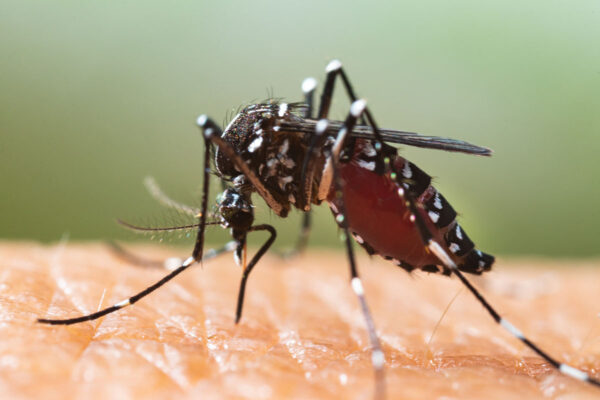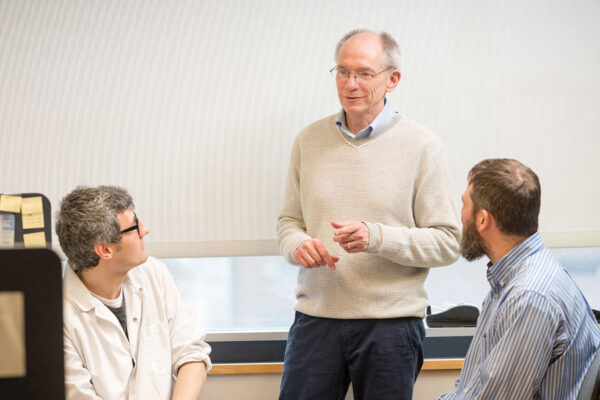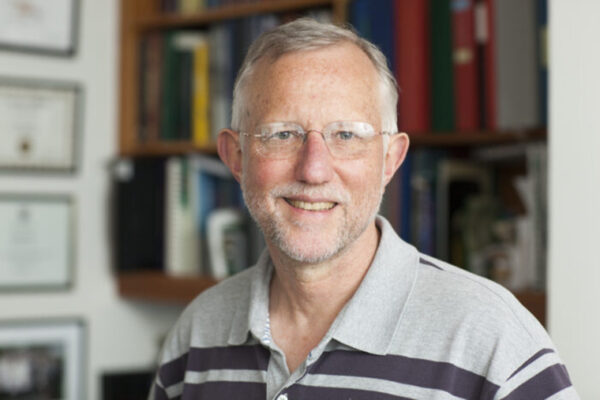Researchers at Washington University School of Medicine in St. Louis are establishing a new international collaboration that aims to help scientists prepare for the next pandemic and, perhaps, provide insight into the current one.
The School of Medicine is one of 10 sites and a coordinating center forming the Centers for Research in Emerging Infectious Diseases, funded by the National Institute of Allergy and Infectious Diseases (NIAID), part of the National Institutes of Health (NIH). Washington University’s center will be supported by a five-year, $8.1 million grant.
The Centers for Research in Emerging Infectious Diseases (CREID) is a coordinated network with centers that will each have collaborators in different regions across the globe where emerging and re-emerging infectious disease outbreaks have proven likely to occur. The Washington University-led center includes researchers at La Jolla Institute for Immunology in San Diego and international collaborators in China, Hong Kong, Nepal and Ethiopia. In recent years, these regions have seen the emergence of multiple dangerous viruses, including H5N1 influenza, SARS, MERS and, most recently, SARS-CoV-2, the virus that causes COVID-19.
“We want to be able to respond quickly and effectively to the emergence of a new infectious disease,” said David Wang, principal investigator of the new center at Washington University. “If we can understand the source of the infection, how it spreads and how it affects people, we have a better shot at preventing a new infectious disease from becoming a major threat to global public health.”
Multidisciplinary teams of investigators will conduct surveillance of potential sources of new diseases and the local populations at risk of infection. The researchers will study transmission, disease progression, and immunologic responses in the host, and will develop diagnostic tests and animal models of the new diseases for improved detection of important emerging pathogens and the methods by which they spread.
Such information could help predict which new infectious diseases are at highest risk of reaching pandemic status and aid in efforts to understand the new disease and prevent its spread.
In addition to Wang, a professor of molecular microbiology, and of pathology & immunology, key researchers at Washington University’s center include Michael S. Diamond, MD, PhD, the Herbert S. Gasser Professor of Medicine; Jacco Boon, associate professor of medicine; and Scott A. Handley, associate professor of pathology & immunology.
The international centers will monitor local populations for the most common red flags of an emerging infection: respiratory disease, inflammation of the brain, and unexplained fever. The researchers will study patient samples to look for new viruses or other microbes with the potential to cause disease. At the same time, investigators will survey local livestock, mosquitoes and ticks to help identify the potential origins of viruses that could be infecting people in a particular region.
The Washington University researchers will focus on the molecular biology and genetics of emerging viruses and on developing animal models, such as mice and other rodents, to help study potentially dangerous viruses, understand how they spread and set the stage for developing treatments.
“If we find a new virus that we want to prioritize, we will develop diagnostic tests, and tools to study the virus and will begin to develop treatments, such as therapeutic antibodies,” Wang said. “We could use our animal models to test possible new drugs. We also will fine tune plans so that we are quick to respond to new emerging outbreaks, such as SARS-CoV-2, first reported in Wuhan, China.”
“We’ve prioritized studies of COVID-19 at the university,” Wang added. “We’re sequencing the genomes of SARS-CoV-2 viruses to understand the transmission and evolution of the virus that is circulating in the St. Louis region. We’re also trying to understand how the proteins that the virus makes contribute to the severity of the infection.”
The new centers are prioritizing the study of families of viruses that have shown the most potential to impact humans, including coronaviruses (SARS-CoV and MERS-CoV), paramyxoviruses (measles and respiratory syncytial virus), flaviviruses (West Nile, Zika and dengue) and alphaviruses (chikungunya virus), among others.
“There are clear sets of viral families that we are most concerned about because they have the highest likelihood of causing major disease in humans,” Wang said. “At the same time, we’re definitely looking for everything with our surveillance studies. Every viral family has the potential to be highly dangerous. We hope this program will help identify those infectious diseases most likely to cause major problems, so we can take steps to lessen the impact.”
For more information, visit https://creid-network.org



